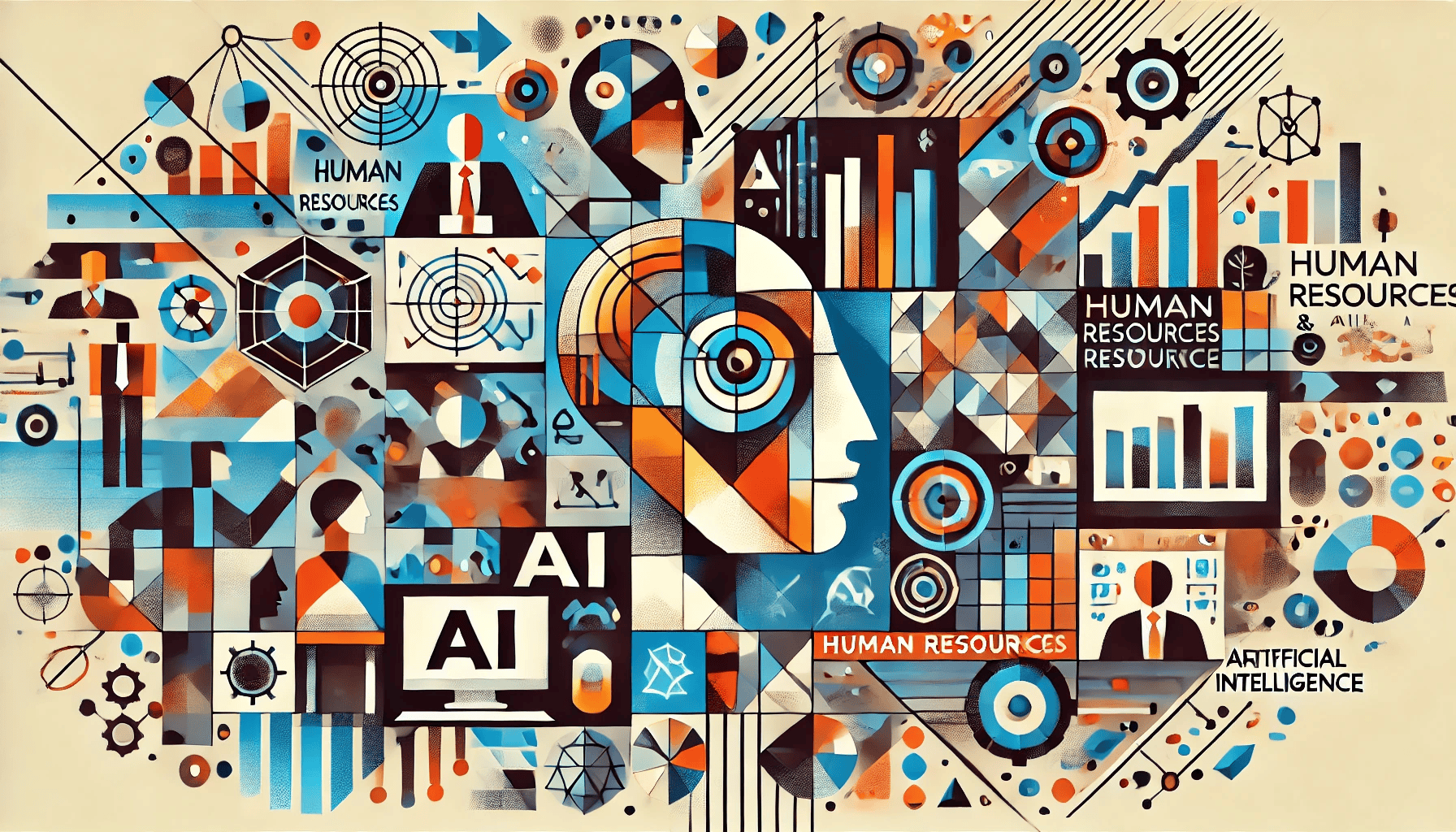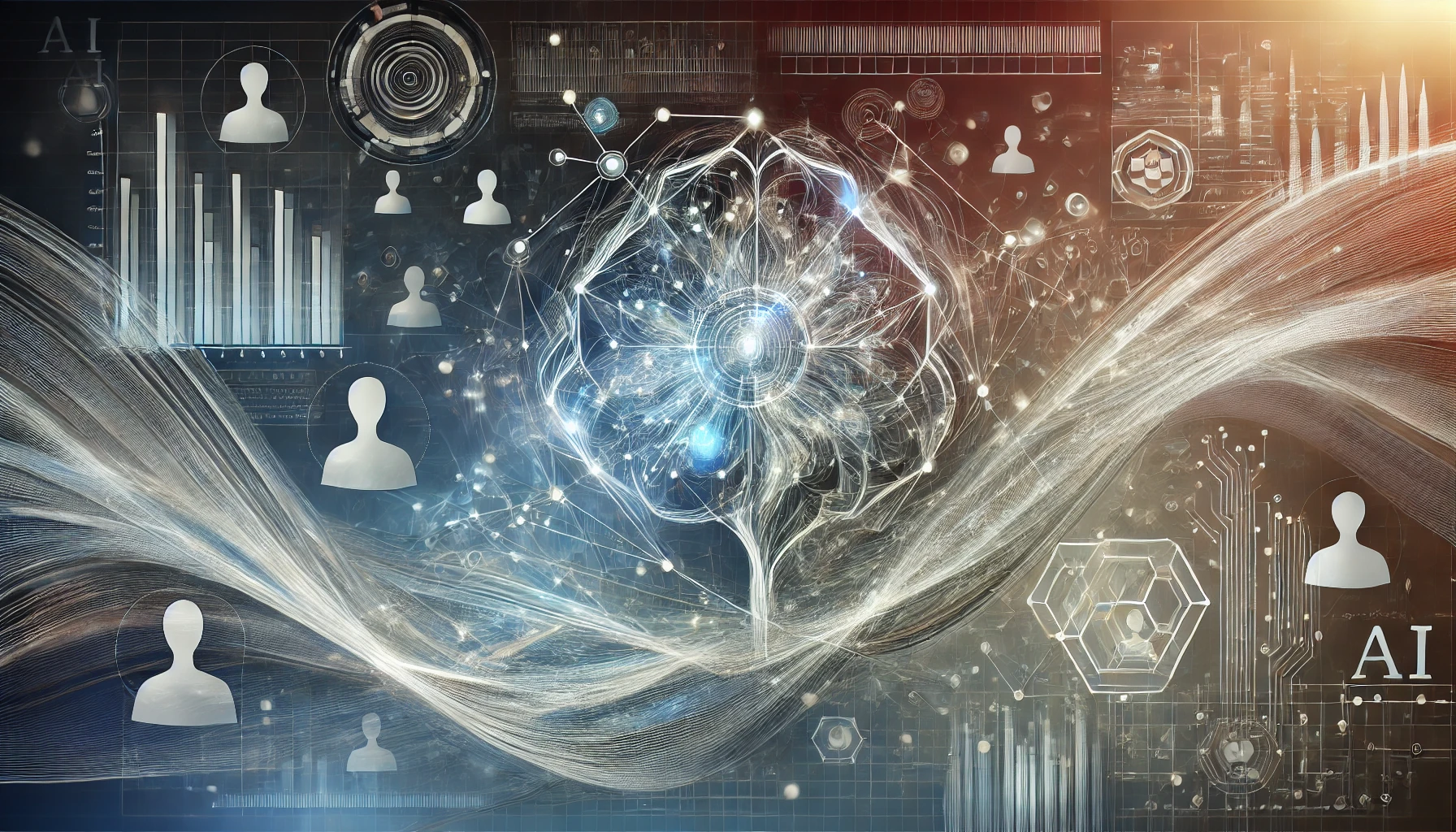Learn how LaSoft’s HR Insights system uses AI with predictive analytics to help forecast employee turnover. Discover how you can save money by using proactive employee retention strategies.
Life is full of uncertainty, but artificial intelligence (AI) can make it a little more predictable. After all, machine learning algorithms can forecast sales trends and maintenance issues. Can they also predict who might soon quit their job, even before a person decides to?
Our CEO asked exactly that question, and rightly so — employee turnover poses a challenge for many C-level executives, HR managers, and even finance departments. So, that’s what we at LaSoft’s Digital Innovation Lab set out to discover. We found that predictive analytics for HR can help you understand turnover and improve your employee retention rate. Let’s see how.
Why is high turnover a problem?
The basic answer is that turnover costs time and money. Let’s look at some numbers. Recruiting, hiring, and training new employees is expensive, so it’s simply more cost-effective to retain people than to hire replacements. In the US, when a person leaves their job, a company might spend 50-60% of the employee’s annual salary to find and train someone new. Even more dire, the Society for Human Resource Management (SHRM) estimates the total cost of replacing an employee can range from 90% to 200% of their annual salary.
But the consequences of high turnover go beyond just costing you money. The Global Talent Climate report from The Josh Bersin Company claims that, on average, it takes 44 days to fill a position. One repercussion of that time lag is that another team member has to temporarily cover that chunk of work on top of their own. Plus, turnover disrupts team dynamics and collaborative efforts, affecting overall morale and efficiency.
It can be very disruptive to lose a key team member. Top performers are 400% more productive than the average employee, yet 47% of them left their companies in 2022. When key employees leave, they take valuable knowledge and expertise with them, which can impact project continuity and productivity.
It’s often HR’s job to sense (or directly ask) if an employee is exploring other job opportunities. However, with the average HR department managing 150 employees, keeping tabs on who’s talking to recruiters is almost impossible. Plus, so many employees now work remotely, making it even more difficult for managers to know about their employees’ intentions.
Without close in-person communication and collaboration, forming genuine connections is hard. And that’s probably why fully remote workers are more likely to quit than in-office employees, according to the Wall Street Journal. Often, people may not even realize that they might want to switch companies in the near future.
So, what’s the solution?
Two words: predictive analytics. It may not completely solve the employee retention problem, but it will definitely help channel resources wisely for the 98% of HR managers who experience burnout.
One of the most significant benefits of using AI to predict employee turnover is the ability to take preemptive action to retain employees at risk of leaving. By identifying at-risk individuals, HR managers can engage them with targeted retention strategies, such as career development opportunities, mentorship programs, raises, or even simple recognition of their contributions.
We’re not saying that AI is the solution for HR woes just because LaSoft developed analytics software that can predict turnover. In 2022, Gartner surveyed 118 HR leaders, and nearly half identified HR technology as their top investment priority for 2023.
To recognize patterns and predict future outcomes, like employee turnover, companies need huge amounts of historical data. For HR purposes, these are some key data points to analyze:
- Employee engagement (surveys and feedback forms to evaluate employee satisfaction and engagement levels)
- Performance metrics (regular performance evaluations and productivity metrics)
- Attendance records (attendance and punctuality patterns)
- Compensation and benefits (salaries, bonuses, and benefits compared across employees within the company and compared to industry standards)
- Career progression (opportunities for promotions and skill development)
- External factors (industry trends, job market conditions, and economic factors)
After you collect historical and current data for these metrics, you need to clean and preprocess the data for analysis. Then, a machine learning algorithm (e.g., logistic regression, decision tree, neural network) uses the historical data to identify patterns that indicate a relationship between the metrics and employee turnover.
The algorithm then outputs an AI model that looks for similar patterns in current employee data to predict the likelihood of turnover. In the end, HR managers receive alerts or reports that identify employees at risk of leaving, and the managers can take proactive measures to promote retention.
LaSoft’s Results
We’ve been generating HR insights by experimenting with innovative personnel management concepts that leverage our R&D results and market research. Our machine learning system, HR Insights, alerts an HR team and managers three months before an employee is likely to leave, allowing ample time for proactive retention efforts.
Over the last ten years, we’ve used a vast amount of employee data to develop a model that assesses individuals based on:
- Personal history
- Salary timelines within a company
- Demographic information (e.g., gender, age)
- Industry conditions
- Current salary levels across the industry
- Performance reviews
- Productivity
- Industry trends
The AI model we created provides HR teams and managers with better insights about attrition and retention, potentially saving companies $15,000 to $50,000 annually for every 100 employees.
Monthly reports highlight employees at risk of leaving through email notifications, a Chrome extension, and the HR Insights web app. Additionally, the solution can be integrated with major HR systems like UKG, ADP, Workday, Ceridian, and Bamboo HR.
HR Insights includes a customizable dashboard for HR teams to help them understand the connection between company actions and retention rates. You use widgets to tailor the dashboard to meet the specific needs of your company and your HR team.
Are there cons of using AI to predict turnover?
When using AI with employee data to predict turnover, ethical considerations and privacy concerns are paramount. It’s important to be transparent about data usage and security measures. HR managers must clearly communicate how they’ll collect, use, and secure employee data, and they must use AI tools responsibly.
Algorithmic bias is another major issue. AI models can perpetuate existing biases if trained on biased data or if the algorithm is biased in how it treats the data. This can lead to unfair profiling of certain populations. You must put safeguards in place to prevent biases in AI data, algorithms, and models, lest they lead to unfair predictions.
You must also train managers not to treat workers unfairly based on their predicted likelihood of turnover. For example, managers might treat “flight-risk” employees differently and invest less in their development.
AI’s prediction capabilities also have limitations. While AI recognizes trends, it cannot predict outcomes with absolute certainty. HR managers must, therefore, continue to focus on open communication and addressing employee concerns directly. The predictions could help managers address systemic issues that lead to turnover, such as ineffective management or misaligned incentives.
Conclusion
AI can help predict employee turnover, offering HR managers insights they can use to focus their efforts on retaining valuable staff and saving costs. High turnover disrupts operations and incurs significant expenses, making proactive measures essential. However, systems like LaSoft’s HR Insights analyze employee data to identify those at risk of leaving, allowing timely interventions.
However, ethical and privacy considerations are crucial. Additionally, transparency concerning data usage and safeguards against biases are necessary to ensure fair treatment. While AI provides valuable information about trends, human judgment and open communication remain vital. By combining AI with these elements, HR managers can effectively reduce turnover and enhance employee satisfaction.
If you want to improve retention rates for key employees and save money on recruitment, onboarding, and training, let’s talk. We understand the problem and the solution, so don’t hesitate to contact LaSoft.



